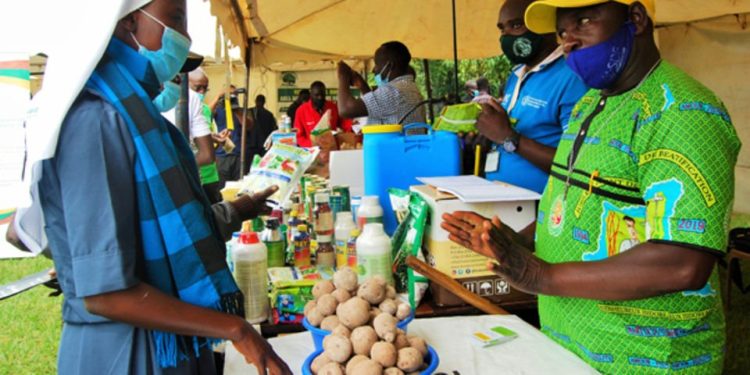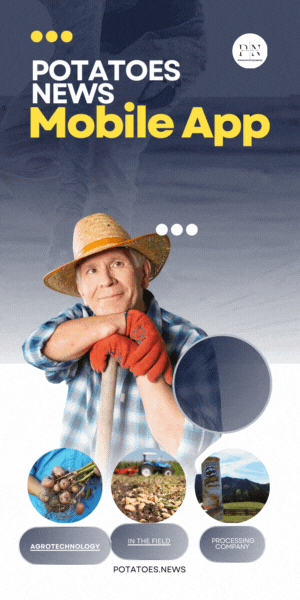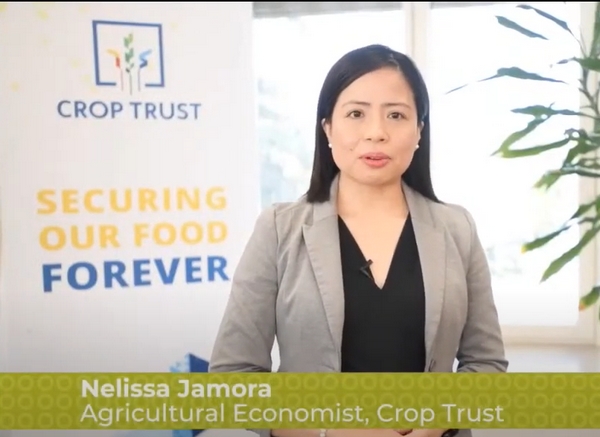What you need to know:
- At the Seeds of Gold Farm Clinic, experts from the participating organisations will educate, inform, teach and nourish farmers’ hunger and quest for knowledge on cushioning themselves from these conditions that impede on their optimal agricultural productivity, among others.
The Seeds of Gold Farm Clinic returns today with the first outreach at Kachwekano Zonal Agricultural Research and Development Institute (KaZARDI) in the Kigezi highlands.
Through aeroponics technology, Kachwekano ZARDI is promoting the growing of potatoes without the need for soil or water.
This modern potato farming technology is hailed as one for the future as land becomes limited. The technology is desirable as it can fit anywhere without land.
According to Dr Alex Barekye, the director of research at Kachwekano ZARDI, with its high scalability, good yields are expected.
“With time, this is going to be a popular way to farm in the future,” Dr Barekye says. Nutrients and water are supplied to the crops in the form of steam gas.
The idea of aeroponics dates back to the 1920 when the first trials were made with orchids but it is a developing innovation in Uganda.
Dr Barekye notes that although this technology can be applied to a wide range of plants including vegetables, potatoes grow well under this method. Combining tissue culture methods, planting is similar to hydroponics.
Compared with other farming methods, aeroponics takes up less cultivation space. With a farm water system, nutrients are carefully added to the water, supplied to the plants by a booster pump system. Since it is a closed system, it is estimated to save more than 90 percent of water and nutrients. Crop yield can be increased by 45-75 percent in ideal conditions.
In addition, humidity and temperature are always the most favourable for growth. Depending on the purpose of use, potatoes can be harvested by hand early.
Apple farming
Kachwekano ZARDI which now focuses on multiplication of planting materials, experimentation and trials on different crop varieties and animal breeds, provides extensive research on agroforestry, apples and pears, climbing beans, wheat and barley, sorghum, field peas and sericulture, among others.
Since the early 2000s, apples growing has been providing opportunities to farmers in Kabale region and experts will tackle the best practices such as orchard establishment, land preparation, planting, inducing dormancy, defoliation, pruning as well as diseases such as Powdery mildew, which threatens a number of farmers.
Currently, the Uganda government is promoting apple production under the National Agricultural Advisory services (Naads) programme in the highlands of Kabale, Kisoro and Kanungu districts.

This is aimed at meeting the increasing demand for the deciduous fruits. “Apple farming is a big opportunity for farmers to increase their incomes but there is a major challenge of inadequate experience among the farmers,” Dr Barekye notes.
Improved goats
In order to improve the livelihoods of the farming communities in the area, experts will also share knowledge on improved goat varieties at the station and how to get the best out of them.
With experienced goat breeders, researchers and breeding experts the Farm Clinic at Kachwekano ZARDI will provide a window of opportunity for keen farmers to learn about the profitability of improved breeds.
Experts will also explore ways of restoring degraded soils, a major challenge in the highlands while also looking at improved sorghum varieties. KaZARDI has evaluated 33 lines of sorghum for highland tolerance and so far six promising lines have been selected for release. These varieties include; E 1291, Ndamoga, Shokani, MB 29, MB 30 and MB 27, and are being evaluated against local check variety Kyatanombe.
About KaZARDI
Kachwekano Zonal Agricultural Research and Development Institute is located in Rubanda District, one of the six districts in Kigezi region. It is about 8Km from Kabale-Kisoro road on Lake Bunyonyi road at an altitude ranging between 1800-2200m above sea level.
The place receives an average rainfall of 875mm per annum with first rains coming between March to May and second rains September to December with a minimum temperature of 8oC and maximum temperature of 24oC.
Kachwekano was established by the British in 1937 for experimentation and demonstration of crops, pastures and livestock of temperate origin. There was the introduction of merino sheep for wool production. Its fine, valuable wool was desirable but it would be stopped because it could not make economic sense. Later in 1943, nicotine tobacco was introduced for cash generation. Up to now there are some farmers growing tobacco within the region although the marketing of tobacco is not streamlined.
In 1949, Kachwekano turned into a District Farm Institute (DFI). One of the functions of the DFI was to offer practical courses in agriculture leading to award of certificates to agricultural assistants and administrators such as parish and sub-county chiefs. This capacity building equipped local chiefs with skills to disseminate technologies that increased agricultural productivity.
In 1952 the DFI started popularising local goats and sheep as a source of income for smallholder farmers. However, this activity had challenges of poor management, and lack of grazing land. The DFI prioritised other activities although farmers kept looking after the indigenous goats and sheep. In 1961, exotic cattle breeds were introduced and up to now the region has one the best exotic breeds in Uganda.
In 2000, the institute was put under the charge of National Agricultural Research Organisation (NARO) as an Agricultural Research and Development Centre (ARDC) to intensify agricultural research on commodities for highland agro-ecological areas.
The focus was mainly on multiplication of planting materials, experimentation and trials on different crop varieties and animal breeds, animal traction for farm work such as ploughing and transport, training of farmers and other service providers. The commodity focus was mainly on agroforestry, apples and pears, potatoes, climbing beans, wheat and barley, sorghum, field peas, poultry, dairy, vegetables and sericulture, among others.
Through these efforts the stakeholders gained knowledge through technology transfer of modern agricultural methods, there was increased access to foundation seed and stocking materials.
Following the enactment and operationalisation of the 2005 NARO act, Kachwekano became a semi-autonomous Public Agricultural Research Institute under NARO.
KaZARDI was created in order extend services closer to end users.
The institute is composed of satellite stations spread throughout the Kigezi region to extend services closer to the people. For example, in Kisoro there is Maziba, Nyamigogo and Nyabwishenya stations while in Kanungu District there is Kibimbiri station.
The role of the institute was also modified to conduct applied and adaptive research and to facilitate dissemination of appropriate technologies to uptake pathways. The institute operates under three programmes including: Crop and Natural Resources Research programme, Animal Resources Research Programme and Technology Promotion and Outreach Programme. Kachwekano ZARDI implements most of its activities through both local and international partnerships and collaborations. It has strong linkages with international research centres, other NARO institutes, local governments, NGOs, CSO, and above all farmer groups in the zone. There will be an opportunity to learn more about what KaZARDI does from the Seeds of Gold Farm Clinic that will be taking place at the institute today.
Farm clinic
Today: Seeds of Gold Farm Clinic
Enterprises: Irish potatoes, apple, goat rearing, soilless farming
Sponsors: Stanbic bank, Bank of Uganda, NSSF, Naro, NMG
Entry: Free including meals
Lead trainer: Dr Alex Barekye
Host: KaZARDI
Mandate
Kachwekano ZARDI which now focuses on multiplication of planting materials, experimentation and trials on different crop varieties and animal breeds, provides extensive research on agroforestry, apples and pears, climbing beans, wheat and barley, sorghum, field peas and sericulture, among others.
About
KaZARDI
Kachwekano Zonal Agricultural Research and Development Institute is located in Rubanda District, one of the six districts in Kigezi region. It is about 8Km from Kabale-Kisoro road along Lake Bunyonyi road at an altitude ranging between 1800-2200m above sea level. The place receives an average rainfall of 875mm per annum.
A source: https://www.monitor.co.ug












